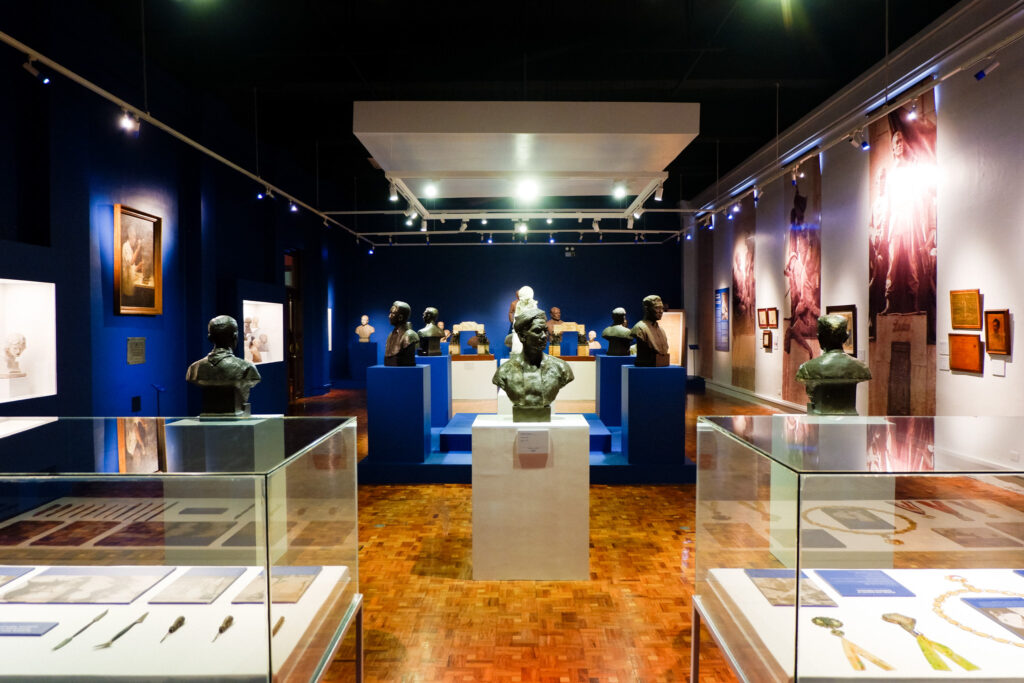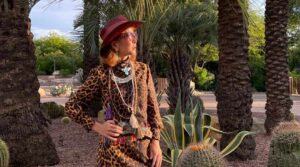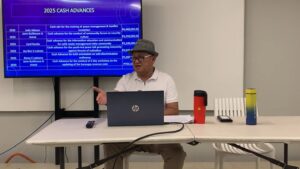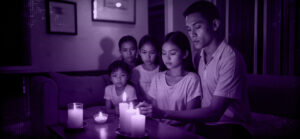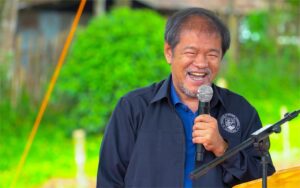The Role of Museums in Education: Celebrating National Museums and Galleries Month in the Philippines
As the Philippines celebrates National Museums and Galleries Month every October, it is an opportune time to highlight the essential role museums play in education. This month-long celebration shines a light on the contributions of museums as dynamic learning spaces that complement formal education. Museums in the Philippines not only preserve the country’s rich history and culture but also serve as interactive classrooms, providing students and the public with immersive learning experiences.
During National Museums and Galleries Month, museums across the country organize special events, workshops, and educational tours to engage people of all ages in exploring Filipino heritage. Schools often take advantage of this period to plan field trips, where students can connect their lessons to real-world artifacts, historical events, and cultural exhibits. The activities, often free or discounted, make museum visits more accessible, helping students experience firsthand the richness of their nation’s history.
Museums often tailor programs to specific grade levels, offering guided tours, educational materials, and workshops aligned with the curriculum. Teachers use these resources to provide context to historical events, art movements, and scientific discoveries, helping students appreciate the relevance of these subjects in today’s world.
2. Interactive and Experiential Learning
Beyond offering traditional exhibits, many Filipino museums are increasingly embracing interactive displays and modern technology to enhance the learning experience. Digital galleries, augmented reality (AR) displays, and hands-on activities allow students to engage more dynamically with the subject matter. For example, the Mind Museum in Taguig offers an immersive experience into the world of science with interactive displays on topics such as physics, biology, and space exploration. This kind of experiential learning helps students understand complex scientific principles through direct interaction, making abstract concepts easier to grasp.
Similarly, the Ayala Museum has embraced digital technology by offering virtual exhibits and online resources, which have become particularly important during the COVID-19 pandemic. This shift ensures that students can continue learning from home, expanding the reach of museum education to those in remote areas.
3. Promoting Cultural Understanding and National Identity
Museums in the Philippines are essential in promoting national pride and cultural understanding. They preserve and exhibit the artifacts, art, and stories that form the backbone of the Filipino identity. The Bahay Tsinoy, for example, highlights the contributions of the Chinese community in the Philippines, while the Museo ng Kasaysayang Pampulitika ng Pilipinas in Malolos presents key moments from the Philippine Revolution and the birth of the nation’s democracy.
These institutions play a pivotal role in ensuring that younger generations understand the country’s historical struggles and achievements. By connecting students with their heritage, museums foster a sense of national pride and identity, essential for cultivating responsible and engaged citizens.
4. Inclusive Learning Spaces
Museums also serve as inclusive spaces for learning, catering to diverse audiences with different needs and interests. Special programs for marginalized groups, such as the indigenous peoples of the Philippines or persons with disabilities, offer tailored experiences that ensure accessibility. Many museums, such as the National Museum of Anthropology, provide exhibits that highlight the traditions, crafts, and beliefs of indigenous communities, offering these groups visibility and recognition while educating the broader public on their contributions to Philippine culture.
Additionally, museums collaborate with schools, NGOs, and government institutions to provide educational programs and workshops aimed at underprivileged children, bridging the educational gap for students who may not have easy access to cultural and historical resources.
5. Encouraging Critical Thinking and Lifelong Learning
Museums encourage curiosity and critical thinking, essential skills in the modern education landscape. They provide a space where students and visitors can ask questions, form hypotheses, and engage in discussions. Whether it’s contemplating the social context of a historical event, understanding the impact of artistic movements, or exploring scientific discoveries, museums promote a culture of inquiry.
Furthermore, museums cater to lifelong learners by offering adult education programs, public lectures, and exhibitions that explore current societal issues. These programs foster continuous learning, helping individuals of all ages deepen their knowledge of both history and contemporary society.
Museums in the Philippines serve as vital educational institutions that complement formal schooling and promote a deeper understanding of history, culture, and science. Through interactive exhibits, culturally significant displays, and outreach programs, they offer students and the public a unique learning environment that fosters critical thinking, curiosity, and national pride. As educational tools, museums ensure that learning is not confined to the classroom but becomes a continuous, immersive, and inclusive experience that helps Filipinos connect with their past and envision their future.

